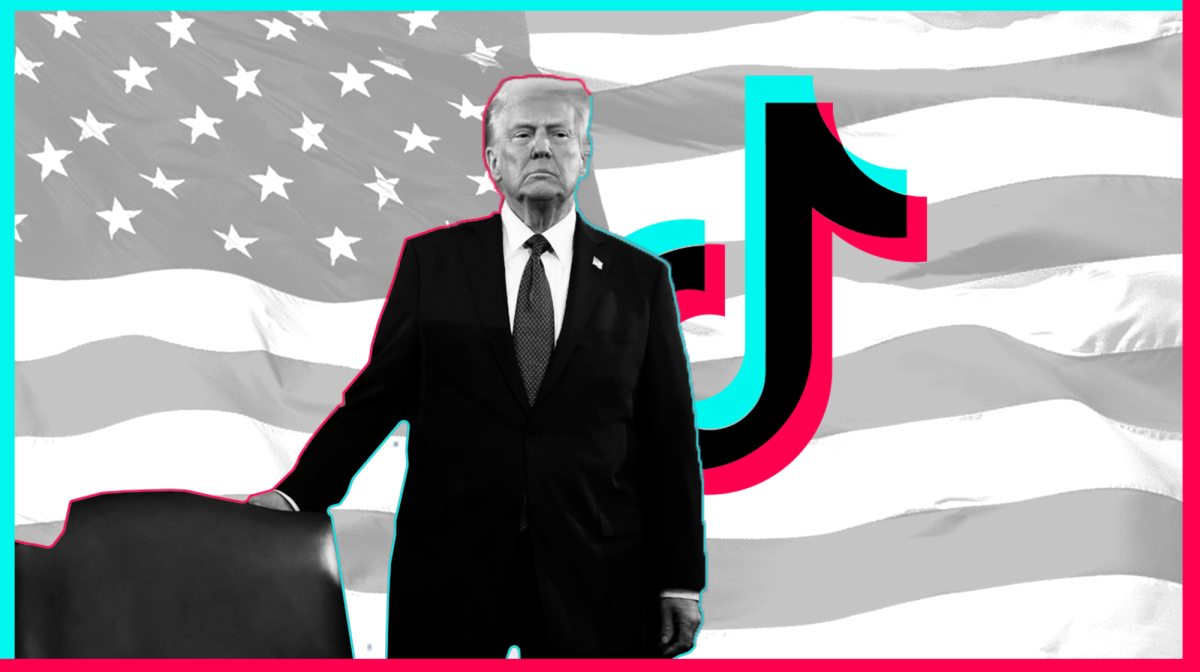BY BARBARA LEWIS, Staff Reporter
For students over 26 or who do not have access to a parent’s plan, getting insurance coverage can be overwhelming, especially if it is their first time going at it alone.
The Affordable Care Act will use the national poverty level to determine which tier of coverage Americans will fall under.
The poverty level represents the minimum annual amount of income required to support families of differing sizes.
“It sounds like a good thing. You get help even if you can’t afford it,” Hali Daggerhart, undeclared freshman, said.
The ACA was designed to benefit anyone who makes 300 percent or below this level of income.
“We’re all entitled to some basic services to help remain healthy,” said Rebecca Pearson, associate professor of physical education school and public health.
One benefit of the ACA is that preventive care will be free for anyone with insurance coverage, no matter which plan they are on.
“Preventive care is the best way to go,” said Blaise Dondji, professor in the department of biological sciences.
There are three options for uninsured Americans: Medicaid, buying a plan in the marketplace or simply not getting insurance.
People with an income below 139 percent of the national poverty level have an option of getting free health care in the form of Medicaid.
This means no healthcare payments, and no deductibles or co-payments are necessary.
“School loans [and] financial aid aren’t going to count against their income,” said Kasey Knutson, public information officer at the Kittitas Public Health Department.
Plans will begin as early as Jan. 1 for adults, but for children plans will begin immediately after signing up for coverage.
Under the new healthcare reform act, insurance companies can no longer deny anyone with pre-existing conditions from getting coverage.
A variety of healthcare plans are available in the marketplace for people with incomes ranging from 139 percent to 300 percent above the national poverty level.
These categories differ in out-of-pocket costs, such as co-payments and deductibles.
Platinum is the least burdensome, and the most expensive. Bronze is the most strenuous, but the least expensive of the categories.
The goal behind this is to prevent people from remaining uninsured until they need coverage.
“This law has that aspect of everyone has to get coverage, because if they don’t, that cost burdens people who are sicker,” Pearson said.
Americans who decide not to get insurance by March 31, 2014, will face a tax penalty because by law, Americans are required to get coverage.
In 2014, that would cost a penalty of 1 percent of annual income, or $95 per person, whichever is greater. This penalty will rise each following year.
Although the media is covering the ACA either with an optimistic or a pessimistic viewpoint, students, like the rest of Americans are wary about the change to come.
“People are nervous, I think, about change,” Pearson said.







